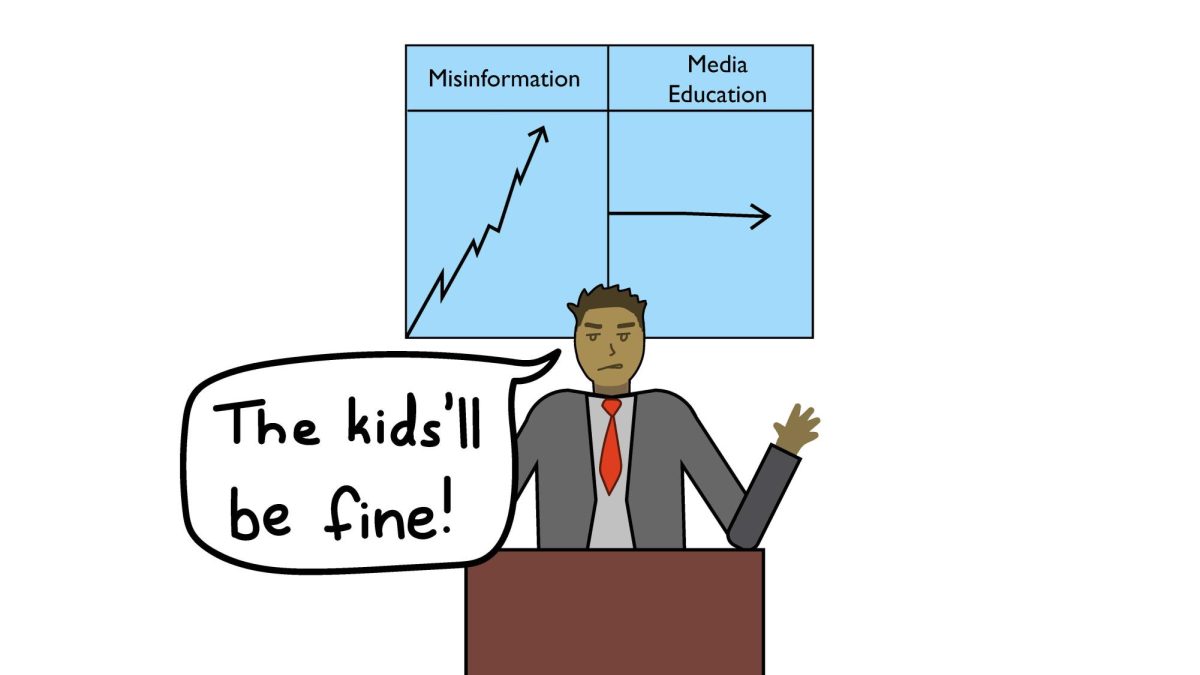Governor Bob Ferguson’s proposed solution to Washington’s ongoing budget deficit involves establishing furlough days for state workers and cutting government spending.
The state’s budget is facing a deficit due to declining revenue, growing inflation, increasing costs of state services, growing program caseloads and the rising costs of workers. The initial response to the budget deficit was from former Governor Jay Inslee, who outlined a plan in December. The plan involved cutting approximately $3 billion in expenditures such as nonessential hiring, contracts, travel expenses and shifting surplus funds from state accounts. Additionally, the plan included increasing revenue through establishing a 1% wealth tax and a business and occupation tax increase for businesses in the “service and other activities” category with annual revenues over $1 million. Together, these tax increases would raise $12.9 billion over the next four years.
On Feb. 27, Ferguson announced his budget proposal, which adopted portions of Inslee’s plan and additionally introduced some new proposals, including pausing nonessential programs, delaying expansions and implementing a statewide spending freeze. He predicted that his and Inslee’s combined plans will close about $7 billion of the budget gap, a difference he estimates to be around $15 billion over the next four years.
A major part of Ferguson’s plan is the proposed furlough days for state employees, in which workers of state departments are mandated to take one unpaid day of leave per month. This is expected to raise about $300 million over four years. The plan also affects education, as he intends to cut down on spending in schools. While action on the budget is necessary, Ferguson’s proposal will only be effective in the short term and has the potential to be harmful to Washington citizens.
The first major issue with this plan is that it relies too heavily on cutting programs and jobs to reduce spending. For example, Ferguson proposed cutting funding for the State Board of Community and Technical Colleges by 3%. The proposal also entailed reducing funding for state universities like University of Washington, Washington State University, Western Washington University and more; this primarily affects the schools’ compensation and central support, but for UW and WSU, it also reduces their general funding. Furthermore, public school teachers who earn National Board Certification receive a $5,000 bonus; Ferguson’s proposal would eliminate this. In a country where teachers are continually underpaid and students struggle to afford college, it’s vital that the state continues to fund public and higher education.
Additionally, Washington Democrats and the state employee union have criticized the proposed furlough day for state workers. By asking employees to take an unpaid day off each month, Ferguson is forcing state workers to make a sacrifice for the state budget, also impacting their income by losing 12 days of pay per year. Other plans include combining office space for the State Department of Ecology and State Parks projected to save $2.4 million over four years, reducing government employees’ out-of-state travel by 50% and cutting in-state travel and spending on equipment by 10%. Another $1 billion of budget savings are currently in discussion, but Ferguson stated that he needs more time to review them.
Funneling funding away from state workers’ paychecks and jobs will eventually set us back in the long term. First, by making pay cuts to state employees, Ferguson is signaling that Washington does not support or value them. These are the employees running our government, and for the government to work effectively, the government must have strong internal infrastructure. Ferguson’s proposal follows a similar model to the federal government’s Department of Government Efficiency as they both look to cut programs while either reducing taxes or avoiding raising taxes. While this model may be effective initially, many of the affected programs are in place for a reason, and ultimately the government will have to make up its revenue in other ways.
Prioritizing government efficiency is a strong step forward, but that doesn’t mean that we should take away from meaningful programs and hurt workers; instead of cutting spending, it would be more appropriate to focus on growing revenue through methods such as the taxes Inslee has proposed and to deprioritize cutting programs. The state workers union and Democrats who support Inslee’s plan and oppose Ferguson’s proposal all believe that focusing on taxing Washington’s wealthiest citizens would effectively grow the government’s revenue without having to make sacrifices. This model is much more stable and balanced. In addition to Inslee’s plan of a 1% wealth tax on individuals with a worldwide wealth exceeding $100 million, focusing on other taxes such as the cannabis tax and continuing to ensure the wealthiest pay equitable taxes are easily introduced as more bipartisan actions. While it is vital that we cut down on underperforming and unessential programs, certain cuts like the furlough days and hits on programs will only harm Washington’s development and economic output.
Proponents of Ferguson’s proposal argue that taxing businesses and wealthy individuals will result in them moving out of Washington state, subsequently hurting the state’s overall wealth. While this is a strong concern, it is unlikely that it would actually happen, because Washington state, especially the greater Seattle area, is a major hub for corporate centers and businesses, especially booming tech businesses that produce millionaires and billionaires. It’s more important that we maintain the strength of our state’s infrastructure by protecting state workers and important programs.
Ferguson’s proposal is a strong attempt at addressing Washington’s budget crisis, but it’s not the best option for Washington’s citizens. In an effort to please everyone, Ferguson’s plan will unfortunately — but inevitably — fail. Washington state needs a budget plan that will support its citizens, and Ferguson’s solution is not the right path.










